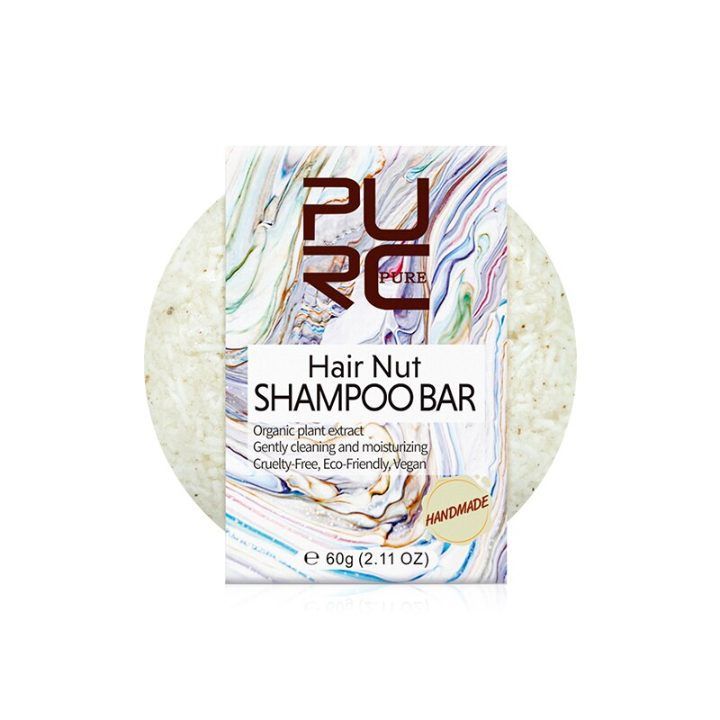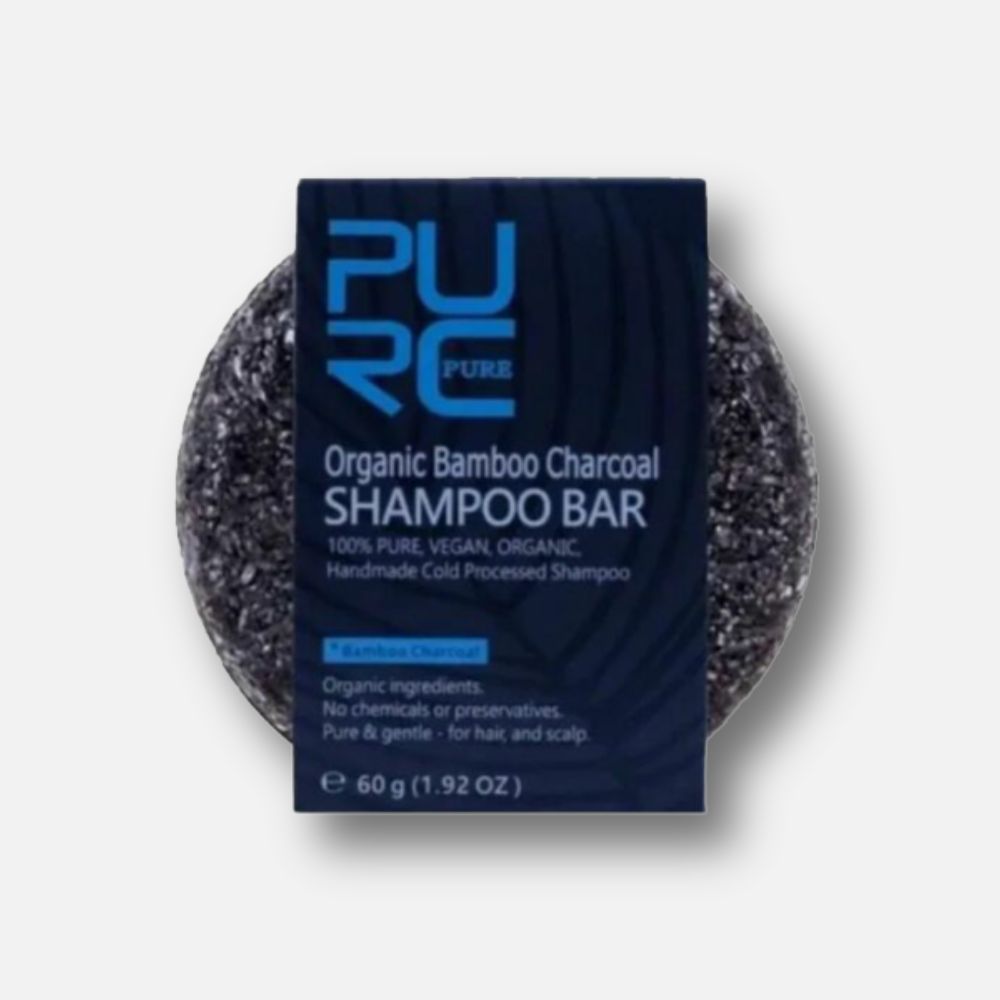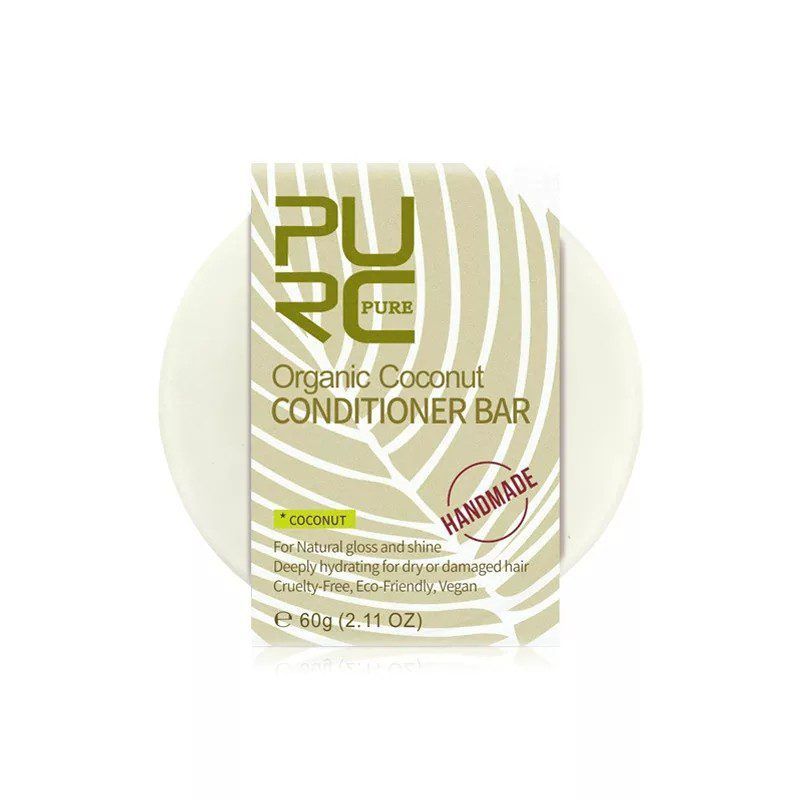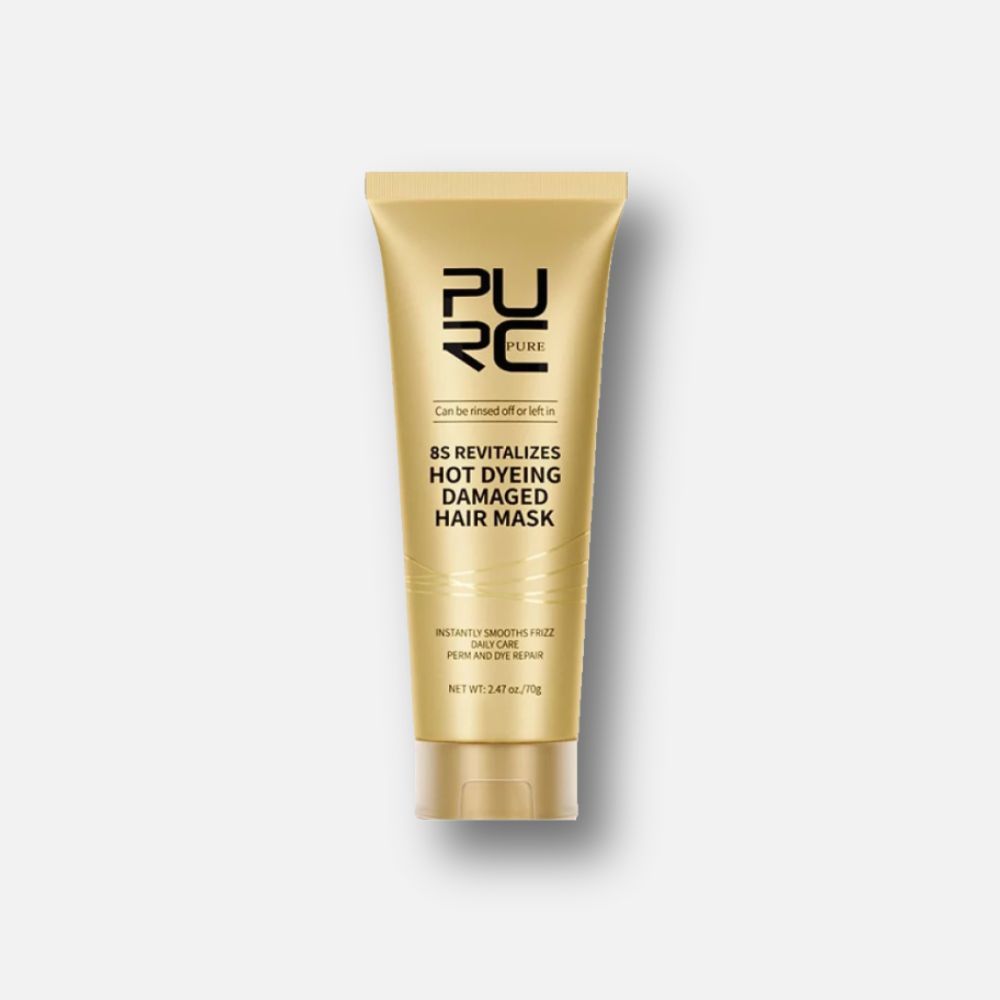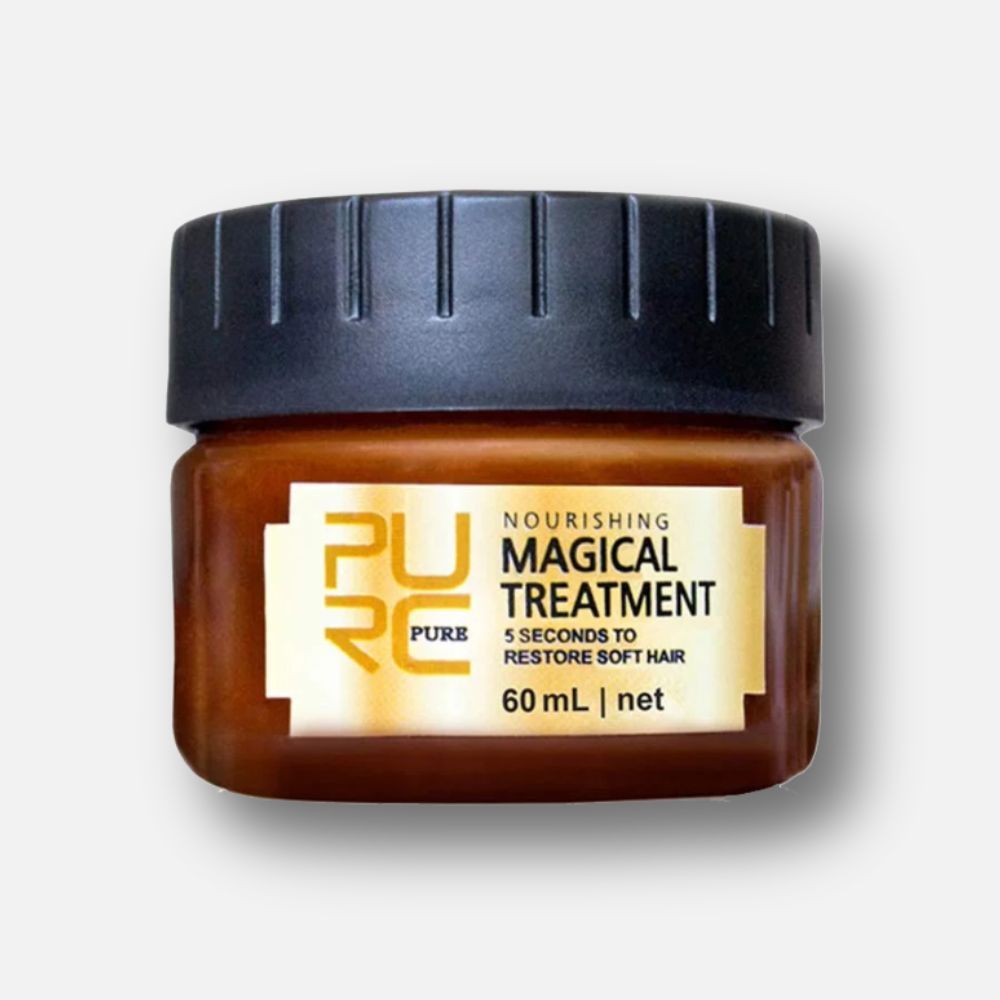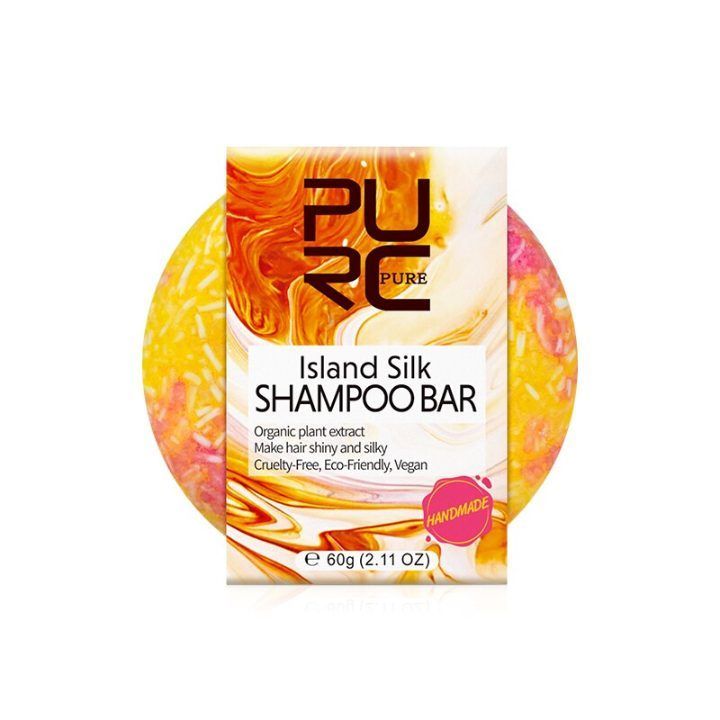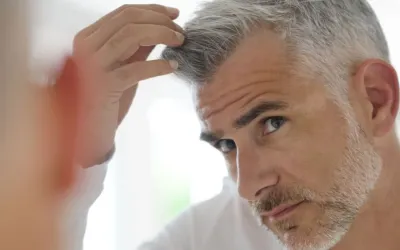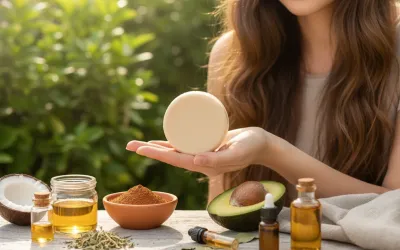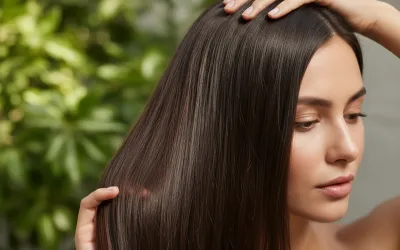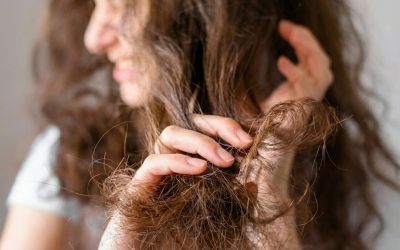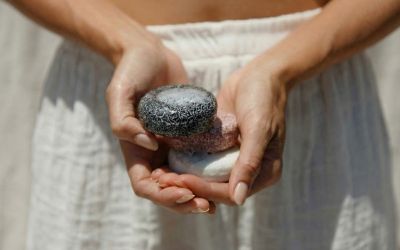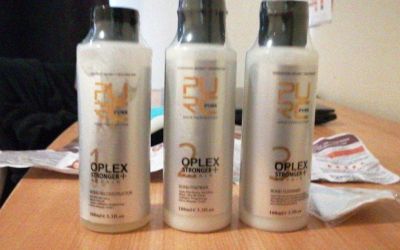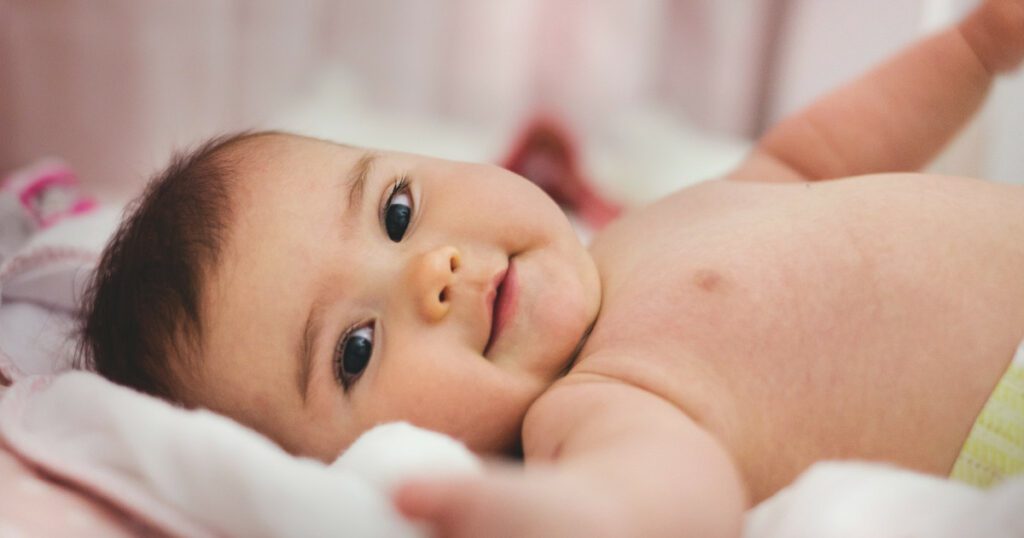
One of the most enjoyable aspects of pregnancy is envisioning how your baby will appear. What colour will their eyes be? Will their hair be black, blond, brown, or red? You could even imagine your kid having a full head of hair in your mind’s eye.
Yes, becoming a parent for the first time is a great experience – but it may also be daunting at times! There appear to be a million things to recall.
Babies do not come with instruction manuals. However, this useful guide is for you if one of the things you’ve been thinking about is how to care for infant skin. We guide you how to get the most out of your natural baby care products – and how to keep your baby’s sensitive skin smooth and comforted.
Skincare For Baby Skin
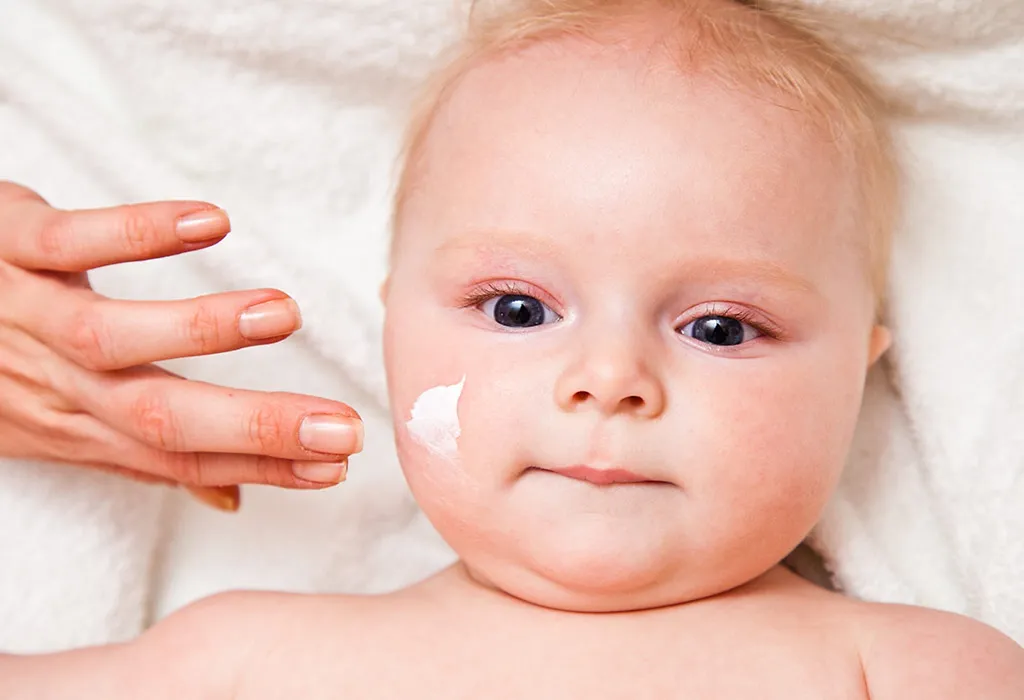
Everyone knows that a baby’s skin is among the softest and most sensitive on the planet. Baby skin is some of the most sensitive skin since it is so fragile. It takes time for a baby’s skin barrier to develop; he or she is not born with an acid mantle.
Baby skin, without the skin barrier, cannot fight off dangerous environmental allergens and pathogens as well as adult skin. Baby skin is also up to ten times thinner than adult skin, so the children in our life require a little more attention when it comes to skin care.
Baby skin loses moisture far faster than adult skin, so you must take additional precautions to retain it and help it develop.
1. Bath Time is Fun Time
- According to healthy.children.org ,”The World Health Organization (WHO) recommends postponing a baby’s first bath until 24 hours after birth—or at least 6 hours if a full day isn’t possible for cultural reasons.”
- Only sponge bathes for your infant until the umbilical cord has come off and the circumcision wound has healed, according to the American Academy of Pediatrics. This will assist to avoid any infections that may arise as a result of the excess moisture at the incision sites.
- It’s an unquestionable requirement to maintain your baby’s skin soaked and moisturised as he or she transitions from sponge showers to actual baths, which occurs when the umbilical cord stump has come off. When it comes to moisturising and protecting your child’s skin, opt for PURC Organics Bath Bombs, one of the finest infant skin friendly cleansers in the market
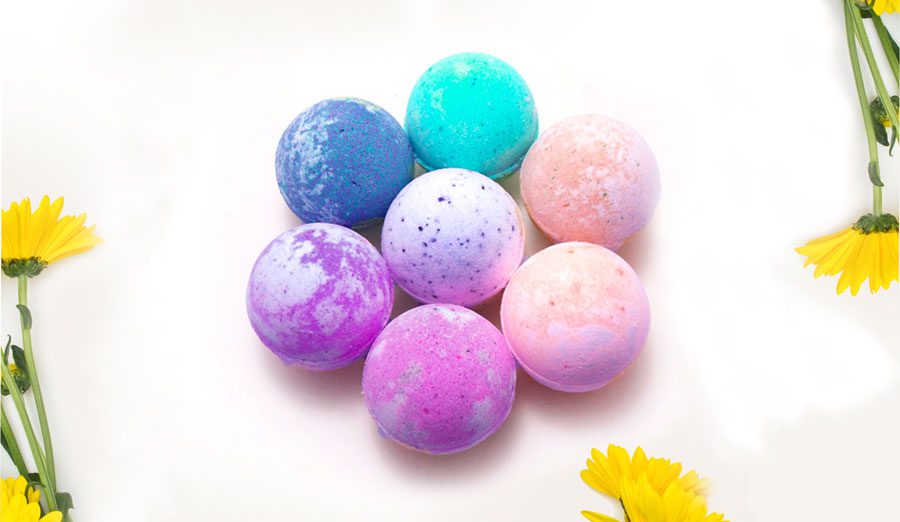
2. Protection from UV Rays
- The FDA and the American Academy of Pediatrics (AAP) recommend keeping newborns and babies younger than 6 months out of direct sunlight since their skin is most sensitive during that phase.
- It’s especially crucial to avoid direct sun exposure and seek cover between 10 a.m. and 4 p.m., when the sun is at its strongest.
- It’s appropriate to start using sunscreen on your kid once he or she reaches the age of six months. Choose a sunscreen with a minimum sun protection factor (SPF) of 15 that is broad-spectrum and water-resistant.
- Think Baby Safe Sunscreen is a safer choice for protecting your infant against dangerous UVA/UVB rays, free radicals, irritants, and physiologically hazardous substances, and it has been evaluated by a paediatrician and a dermatologist.
3. Dealing with Diaper Rashes
- In the first year, a single infant needs an average of 10-12 diapers each day. While every mother goes to great lengths to ensure that her child receives the best possible care, small details can often go undetected.
- Nappy rash refers to a group of inflammatory skin diseases that develop in the groyne and buttocks as a direct or indirect effect of using diapers. It is quite frequent and is caused by a number of reasons, the first of which is extended contact to urine and faeces moisture.
- Bacteria and yeast thrive in a wet environment, so tiny red rashes form quickly, giving your child much discomfort.
- Boudaux’s Butt Paste Cream helps treat and prevent diaper rash. In fact, using a diaper rash cream after cleaning your baby’s dirty diaper is always a smart idea. A diaper-rash cream should be in every diaper bag since infant skin is prone to rashes, and you don’t want your child to suffer!
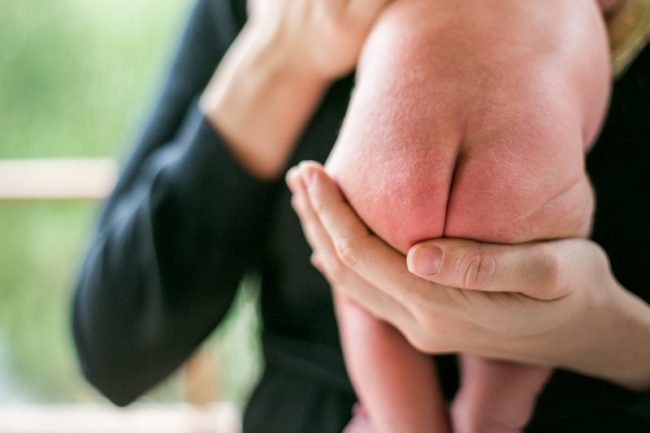
4. Keep the Massages Going
- Touch isn’t only a memory of the womb; it’s also a vital ingredient for growth, much like milk. Touch is even more helpful than milk in certain respects. It releases endorphins, which keep your child happy and comfortable, as well as speeding up the production of new, healthy cells.
- One research revealed that preemies that received infant massages for 15 minutes a day acquired more weight and left the hospital on average one week earlier. These same newborns had better IQs a year later than preemies who were frequently held.
- According to another study, healthy, full-term newborns who were massaged every day screamed less, were more attentive and socially engaged, and had lower stress hormone levels.
- Cocobelle Organic Coconut Oil is created with 100 percent virgin coconut oil and is totally natural with no chemicals, making it the ideal nutrient-rich natural body butter, soothing and effective bottom balm, and baby massage oil for your child’s skin.
5. Moisturising is the key
- Although newborns’ skin is dry, their bodies do generate natural oils. These oil glands, however, take longer to mature in certain infants. Using a nice lotion designed with solely natural, organic components to keep your baby’s skin smooth while also providing a protective barrier to keep out environmental toxins is a wise decision
- Just Hatched Baby Lotion is made up of naturally derived skin conditioners and moisturisers, as well as essential oils, and provides a gentle way to soothe your baby’s skin with an ultra-mild moisturising formula that is fast-absorbing and non-greasy, leaving your little one’s delicate skin feeling soft, smooth, and lightly scented.
Hair Care for Baby
The way you care for your newborn’s scalp and hair is very different from how you would care for your own hair. Why? Mostly because a newborn’s scalp and hair are particularly fragile and require extra gentle and cautious handling.
Babies’ scalps and hair are extremely sensitive. Some babies are born bald, while others have a head full of newborn hair. In any scenario, the general dos and don’ts of infant haircare remain quite consistent.
Here are some general guidelines for caring for your baby’s scalp and hair.
1. Shampoo & Condition Regularly
- Despite spending much of their early lives sleeping, newborns’ heads and hair are prone to become quite filthy, tangled, and even a bit stinky, so developing a healthy bathtime regimen that cares for their sensitive skin and hair is essential.
- It is crucial to note, however, that you do not need to shampoo your baby’s hair every day. You may want to wash it every other day, or even less frequently, depending on what works best for you and the mess your child makes.
- The most important thing to remember while caring for your baby’s hair is to be careful and avoid putting pressure on the delicate region on your baby’s head.
- PURC Organics Shampoo and Conditioner Bars include elements that are light, soothing, and pH-balanced for a baby’s first introduction to wash-rinse-repeat Mother Earth and your baby will not shed tears with these organic, environmentally sustainable, and baby skin friendly shampoo and conditioner bars.
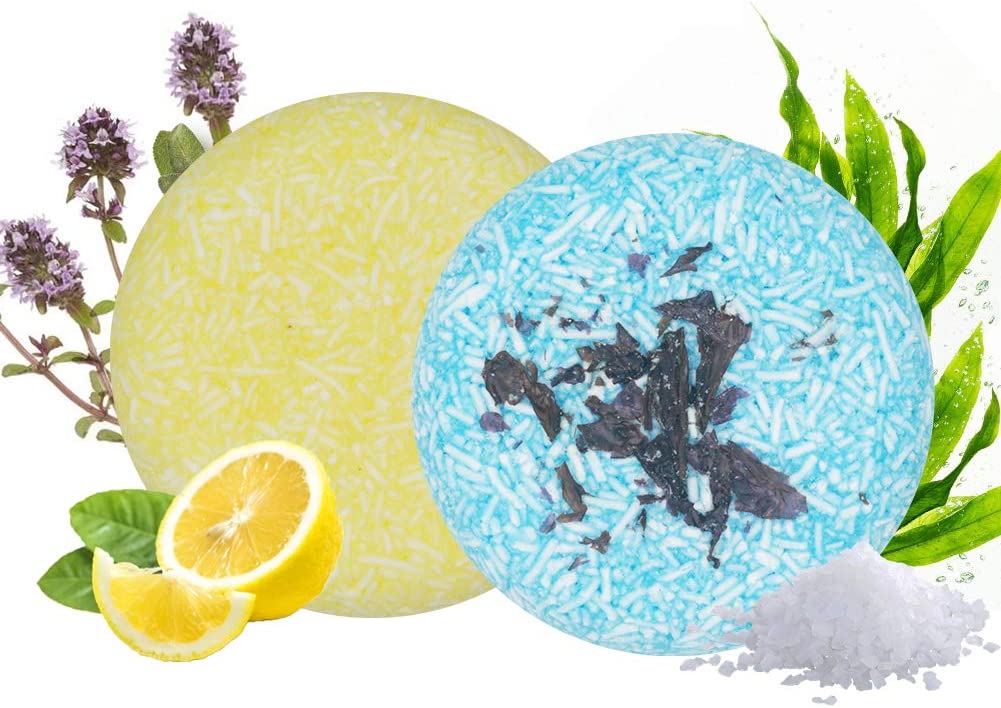
2. Soft Towel with some extra love
- After shampooing and conditioning your baby’s hair, be as gentle as possible when drying it. To softly dry their hair, use a soft towel.
- Using a harsh or rough towel on their immature hair follicles might potentially harm them and delay hair development.
- Towel dry your baby’s hair gently with a soft towel or a microfiber hair drying cap which is soft and gentle on the hair. Don’t worry about drying it too much; you may let their hair dry naturally – most babies have extremely fine hair that dries fast.
3. In for some Champi (Oil Massage on Hair)
- Massage your baby’s hair with oil to improve blood circulation in the scalp and pores. Hair oil also prevents dryness and dandruff by moisturising the scalp.
- To relax any dry skin and improve circulation, massage your baby’s scalp every day. Gently massage your baby’s scalp with a specially designed baby massage oil or baby hair oil on a regular basis. This can be done before the baby’s bath time. This will assist to remove dead skin cells as well as dry, flaky skin from your baby’s scalp, leaving it soft and smooth. For newborns with a cradle cap, massaging the scalp is also advised.
- Mom and World Baby Hair Oil provides all-around nourishment for your baby’s fragile hair and scalp, as well as the necessary nutrients and vitamins for his or her soft scalp and hair.
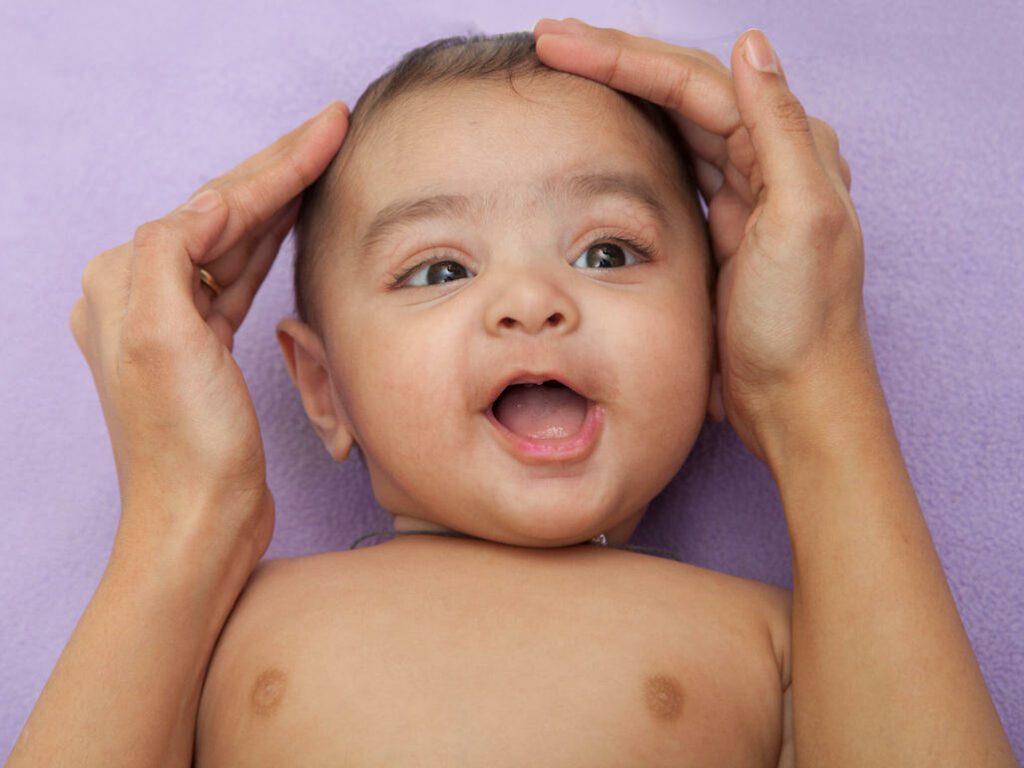
4. Go Gentle on Combing
- Hair development can also be stimulated by gently combing, brushing, or massaging a baby’s scalp. Because regular grooming helps release the cradle cap and eliminate dry skin, this is a good idea.
- Brushing also improves blood flow to the scalp and hair follicles. Massage your baby’s scalp with your fingers for a few minutes after applying oil.
- To keep your baby’s hair smooth and healthy, comb it twice or three times a day. If your baby’s hair is always messy or tangled, get it trimmed on a regular basis.
- Detangle your baby’s hair with a soft-bristled, wide-toothed brush. It enables you to do so without harming the infant. This promotes hair development and soothes your baby, so don’t be shocked if they fall asleep as a result.
5. Watch out for some Bald Spots
- On average, a newborn baby sleeps for 14 to 16 hours each day on their back.
- Because babies spend so much of their time napping, the friction between their head and the surface on which they sleep can cause a bald spot to form in this area over time.
- Here’s good news. Don’t fret if your child develops bald spots on the back of his or her head. These are normal side effects of your baby spending so much time with their back against various surfaces.
- Every day, give your baby supervised tummy time. Alternatively, try moving their head slightly to the side to change the position of their head.
Takeaway
The skin and scalp of each newborn is unique. Figure out what works best for your child, and remember that less is generally more! By keeping your child’s hair and skin care basic, he will be less likely to develop a condition that requires treatment.

